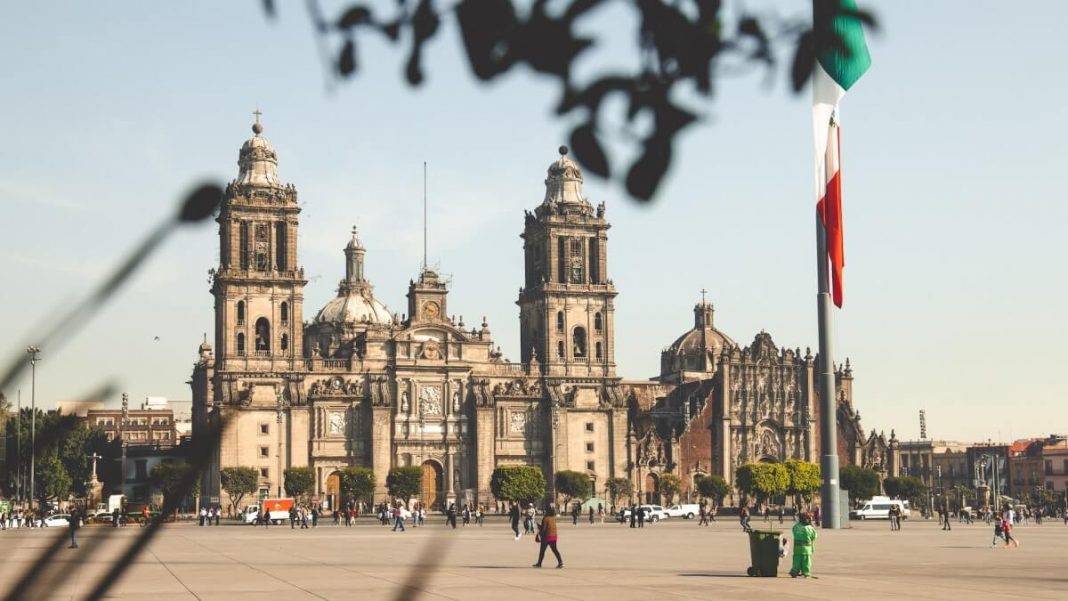Latin America will exceed pre-pandemic levels in terms of international tourist numbers, according to a projection by the World Travel and Tourism Council (WTTC).
During the first half of 2024, this region is expected to receive 12 percent more foreign visitors than in 2019, VisaGuide.World reports.
During FITUR, an important Travel and Tourism event in Madrid, WTTC, in collaboration with ForwardKeys, unveiled its recent data regarding international bookings and arrivals, with quite positive expectations for the market in Latin America.
Among other findings, the analysis shows that during the first half of this year, several destinations in Latin America are expected to see a rise in arrivals compared to 2019. These destinations include:
- El Salvador (157 percent)
- Nicaragua (142 percent)
- Guatemala (52 percent)
- Honduras (49 percent)
- Costa Rica (35 percent)
- Mexico (31 percent)
- Colombia (23 percent)
WTTC further noted that airlines have increased passenger capacity due to the increase in demand. The number of seats for the first half of 2024 surpasses 2019 levels, reaching 62.3 million.
Regarding this, passenger traffic at the Cancún Airport is expected to increase by 45 percent compared to 2019, reaching 6.8 million passengers during the first six months of 2024. Meanwhile, Panama and Mexico City airports are expected to welcome 5.5 million and 5.2 million passengers, respectively.
WTTC’s study also unveiled that the United States, Canada, Mexico, Spain, and Germany are among the most important source markets for Latin America.
WTTC’s President and CEO, Julia Simpson, among others, said that collaborative efforts of public and private sectors in Latin America contributed to tourism growth.
She further noted that the region would see a 12 percent increase in international visitor arrivals.
This underlines the key role that Latin America plays in the global tourism scene, marking a milestone in its growth and reaffirming its attractiveness for international travelers.
As per WTTC’s analysis, 70 percent of tourists to Latin America will have medium stays (lasting from four to 13 nights), 23 percent will have long stays, and seven percent will have short stays.
According to Olivier Ponti, VP of Insights at ForwardKeys, these destinations have been able to forecast and understand travel trends, which helped them attract travelers and extend their stays.
This data-driven approach not only drives tourism growth but also creates significant opportunities for visitor spending in the region.
Occupancy rates in Latin America, including Mexico and the Caribbean, have increased from 58.7 percent in 2022 to 61.2 percent in 2023, as per CoStar data. Meanwhile, compared to 2019, the pre-pandemic year, the occupancy rate rose by 2.3 percent.
